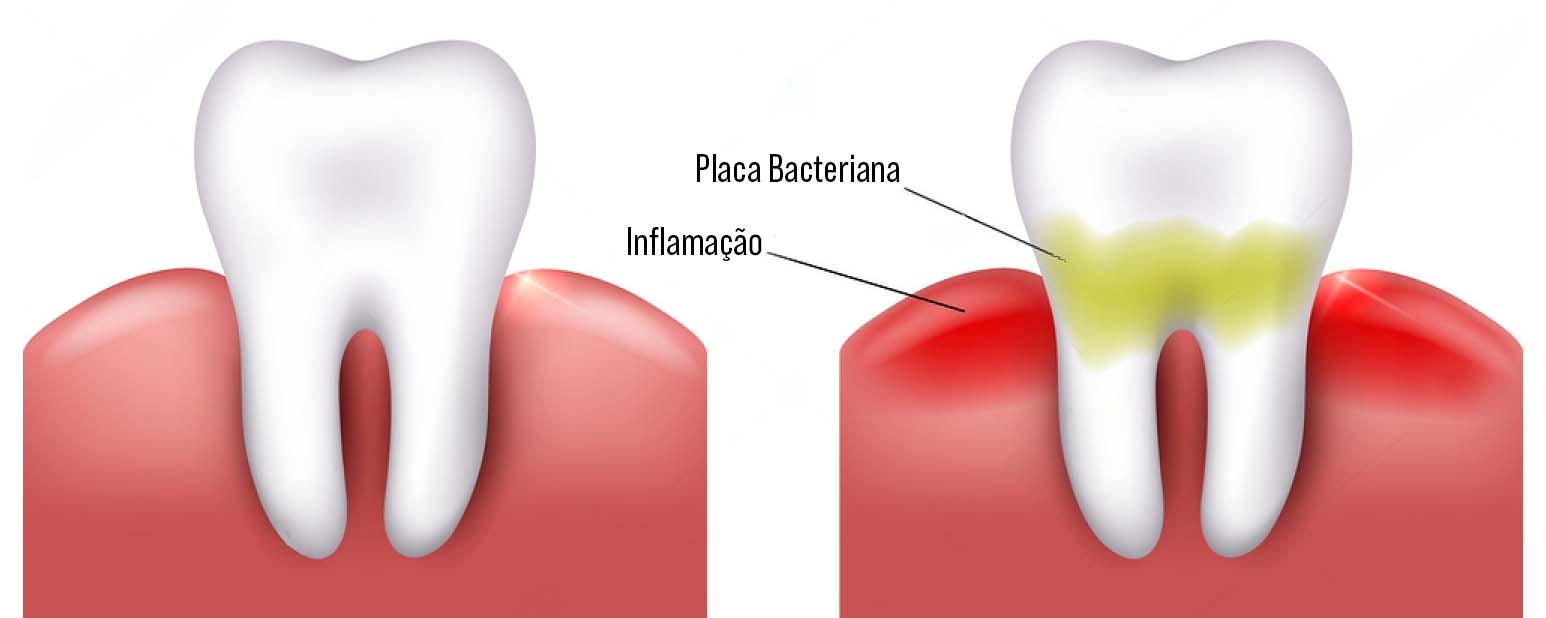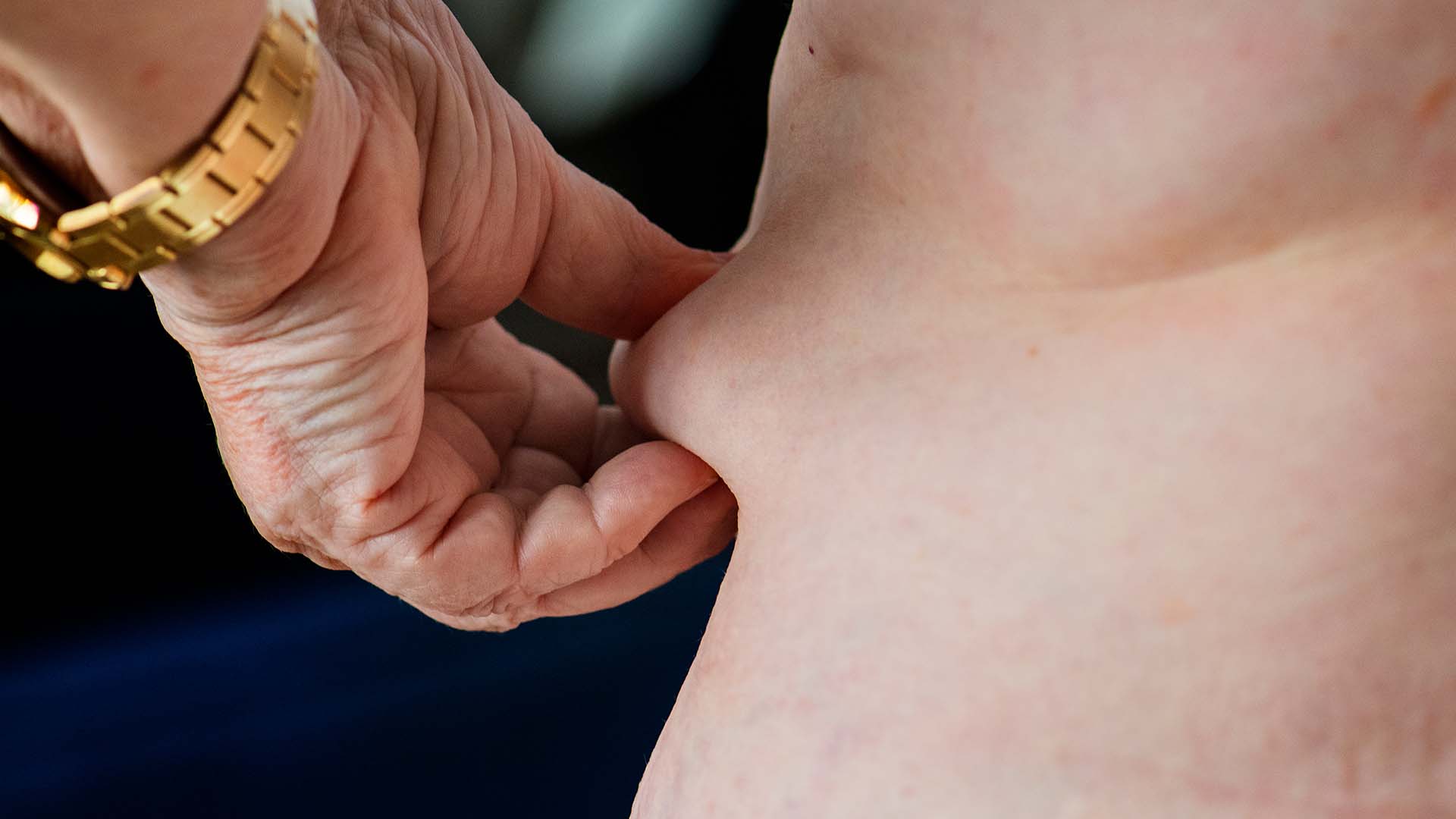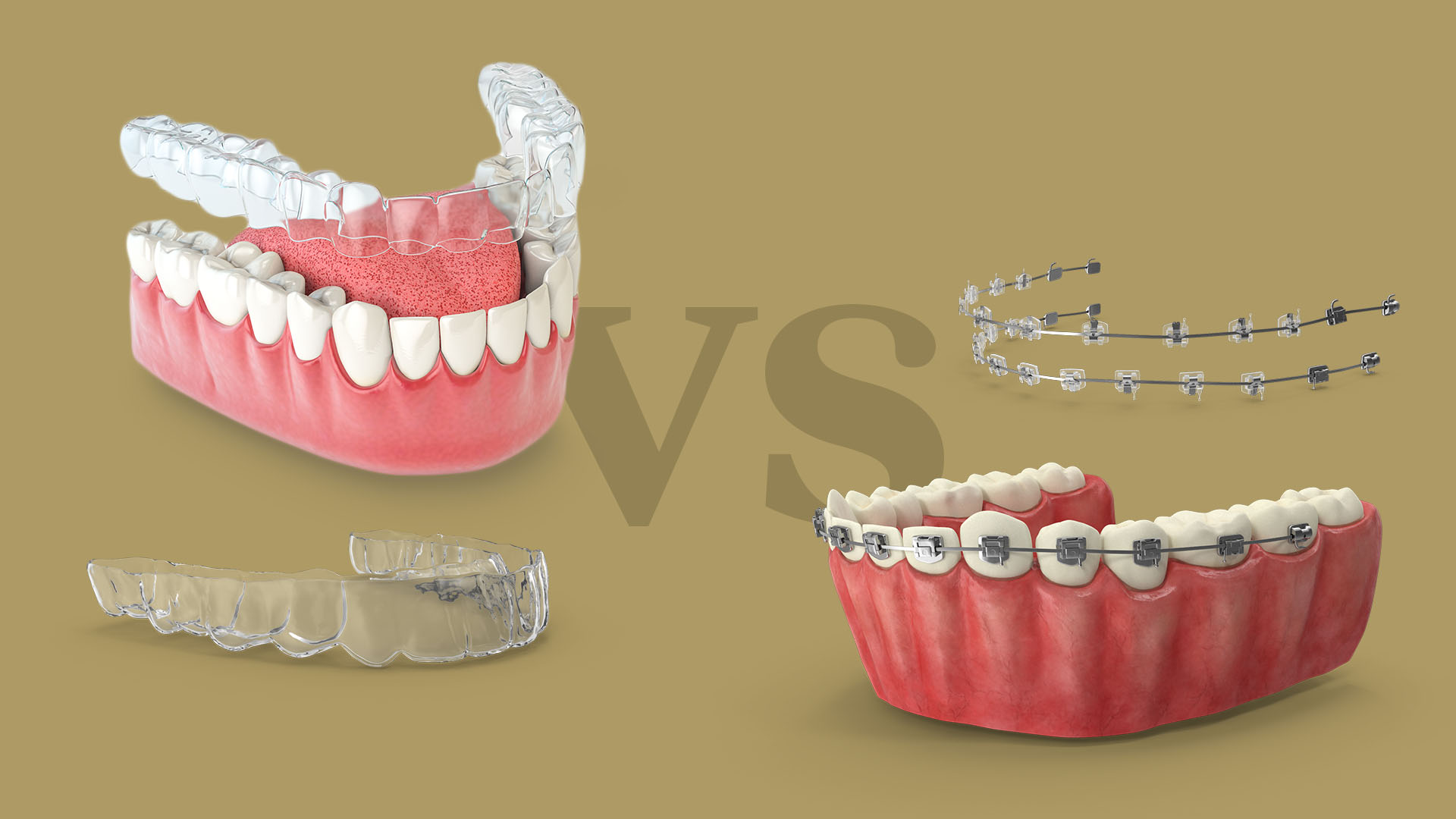Table of contents
I. Introduction
A. Presentation of the topic B. Importance of identification and prevention of bacterial plaque
II. What is Dental Plaque?
A. Definition and composition of bacterial plaque B. Formation and development of plaque
III. How to identify plaque?
A. Signs and symptoms of plaque B. Exams and tests to detect plaque
IV. How to avoid plaque formation?
A. Proper oral hygiene B. Balanced and healthy diet C. Regular visits to the dentist
V. Conclusion
A. Recap of main points B. Importance of plaque prevention in oral health
Introdução
Oral health is key to overall wellbeing, and plaque is one of the main issues that can affect our oral health. In this article, we will explore what plaque is, how to identify it and, most importantly, how to prevent its formation. With knowledge and proper care, we can ensure a healthy smile and prevent complications from plaque.
What is Dental Plaque?
Plaque is a sticky, colourless film that forms on teeth. It’s composed of bacteria, food debris and saliva. When not properly removed, plaque can build up and turn into tartar, leading to more serious problems such as tooth decay, gingivitis and periodontal disease.
Plaque formation occurs due to the adhesion of bacteria to teeth. As we consume food and drinks, bacteria feed on waste products in the mouth, producing acids that damage tooth enamel and create an environment for plaque to grow.
How to identify plaque?
Identifying the presence of plaque is essential to prevent future complications. There are some signs and symptoms that indicate plaque formation, such as:
Sensation of roughness on teeth: When plaque builds up, teeth can have a rough texture to the touch.
Yellow or off-white discolouration: Bacterial plaque can give teeth a yellowish or off-white appearance.
Persistent bad breath: The presence of plaque can lead to bad breath as bacteria produce odour compounds.
For more accurate identification, dental examinations and tests are recommended. The dentist will be able to perform a visual and tactile assessment of the teeth, using special instruments to identify plaque.
Dental plaque

How to avoid plaque formation?
Preventing plaque formation is key to maintaining proper oral health. Here are some measures that can help prevent plaque:
Proper oral hygiene: Brush your teeth at least twice a day with a soft-bristled brush and fluoride toothpaste. In addition, it is important to floss daily to remove debris and plaque between teeth.
Balanced and healthy diet: Avoiding sugary foods and adopting a balanced diet rich in fruit, vegetables and fibre contributes to oral health and reduces the formation of bacterial plaque.
Regular visits to the dentist: Regular visits to the dentist are essential for good oral health. The professional can perform professional cleanings and identify plaque early and offer appropriate treatments.
Conclusion
Plaque is a common problem that can cause serious oral health complications. Identifying plaque and taking preventive measures is crucial to maintaining healthy teeth and preventing dental disease. With proper oral hygiene, a balanced diet and regular visits to the dentist, we can prevent plaque from forming and enjoy a radiant, healthy smile for many years to come. Take care of your oral health and protect your smile!



